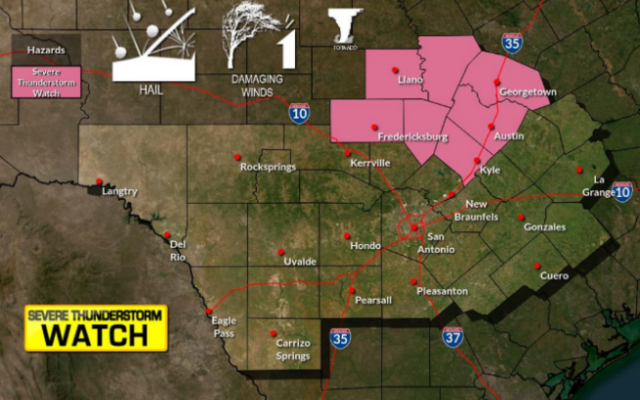Jack’s Books: Head-On Collisions

History fascinates with head-on collisions between people and events.
Read on for some examples from recent reading:
“Thunderstruck” by Erik Larson (2006) In what could’ve been two books, Larson tells the real life story of two men: an infamous early-20th century fugitive named Hawley Crippen, and the driven, obsessive inventor of wireless communication, Guglielmo Marconi. In separate strands that weave together at the end, he tells both of these incredible stories, explaining how what Marconi invented brought down Crippen for the horrible crime he committed. This author has a gift for writing history like a page-ripping novel.
“The 99 Percent Invisible City: The Hidden World of Everyday Design” by Roman Mars and Kurt Kohlstedt (2020) Based on a popular podcast, this book’s a breezy collection of short “hidden histories” of everyday objects you see in the city around you. Things you’ve noticed and things you never looked at now have a purpose or intention. You may want to skim this volume as not every entry is of equal interest.
“Miss Pym Disposes” by Josephine Tey (1947) She wrote relatively few books but mystery writers of the last 70 years have mad respect for Tey. Truly a “writer’s writer”. Here, Miss Pym is a popular postwar author taking up temporary residence at a girl’s school and getting uncomfortably drawn into secrets and a shocking murder. Really superb.
“Flight of The Old Dog” by Dale Brown (re-read) (1987) In many ways, this book is the foundation for modern day military and techno thrillers. Brown is introducing the Brad McClanahan character upon whom he built his literary empire, and a gripping drama about a Cold War twist–the Soviets develop a weapon that negates US defenses so totally that there is only one warplane (a top secret modified B-52, the “Old Dog”) that can, just maybe, neutralize it and save the world.
“Blood Relatives” by Ed McBain (1975) The usual very short, very pointed “87th Precinct” novel about a murder that exposes family secrets and tests the limits of what, and who, the detectives can believe.
“Hit List: An In Depth Investigation into The Deaths of Witnesses to the JFK Assassination” by Richard Belzer and David Wayne (2013) Not for everyone: this book is a painstakingly deep dive into the weird deaths of people, some famous, some obscure, whose paths crossed with either Kennedy, Oswald, Jack Ruby or the investigations into their deaths. In the dozens of profiles, the authors are candid in admitting that some of these people just died, but many seem to have died conveniently and/or mysteriously. A suicide by plate glass window? A burnt body with missing bones? A suicide note by death by a heart attack? The premise is that JFK was a conspiracy (the authors don’t settle on one), and the plot required the tying off of many “loose ends”. Chilling, but only of interest if you want to go way into this most bizarre chapter in American history.
“When The World Seemed New: George Bush and the End of the Cold War” by Jeffrey Engel (2017) A pretty disappointing treatment of an important subject. Now more than ever, with Ukraine and the retreatist foreign policy of the current administration, it would be good to refresh our understanding of how we got to this moment, after the collapse of Soviet communism, reunification of Germany and so forth. Unfortunately, the author displays a persistent, gossipy disdain for Presidents Reagan and Bush, and it mars what appears to be a lot of good research and copious original materials.
Please share with me what you read and recommend: [email protected]
You Might Also Like



